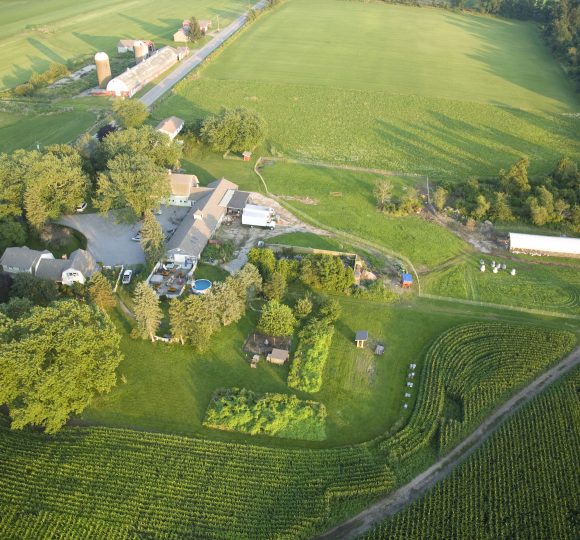This field manual describes incentive-based programs and techniques available to land-managing agencies and landowners seeking to protect Florida panther habitat and other natural resources on private lands. The manual focuses on proactive measures designed to keep land in private ownership and on the tax rolls. They are divided into three categories: land protection techniques, payment and credit programs and land management techniques.
Most of the options described in this manual pertain to private agricultural land but they also can be applied to other land uses. Also, while panther habitat is the focus of this manual, it is important to remember that other natural resources are protected when panther habitat is protected. Water quality and abundance must be maintained if the systems that support panthers are to remain healthy. Additional benefits also result. American Farmland Trust and Florida Game and Fresh Water Fish Commission are working to identify and provide information about the many benefits of protecting farmland (and other private lands) above and beyond food production. They include protecting wildlife habitat, scenic vistas and surrounding watersheds, and conserving natural resources in general. And because farmland demands fewer public services than residential development, taxes are lessened. Agricultural land, too, shapes the rural character and the landscape.
The programs and techniques discussed in this manual are geared toward either stabilizing the quantity of land available for panthers, protecting the quality of the land’s natural resources or both. The options are meant to complement and reinforce each other because, no matter how much land is protected, the land will not provide adequate wildlife habitat if it is not properly managed. Land should be managed in a way that ensures its natural resource value is not compromised.





